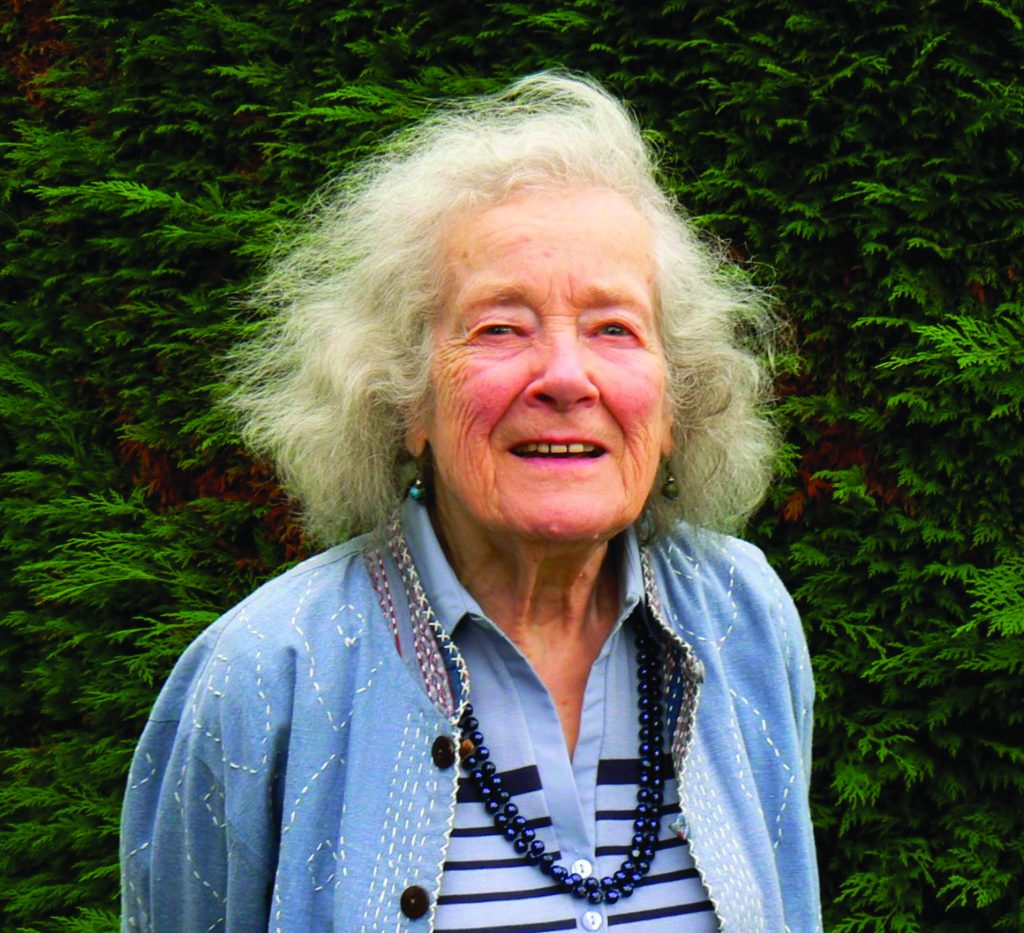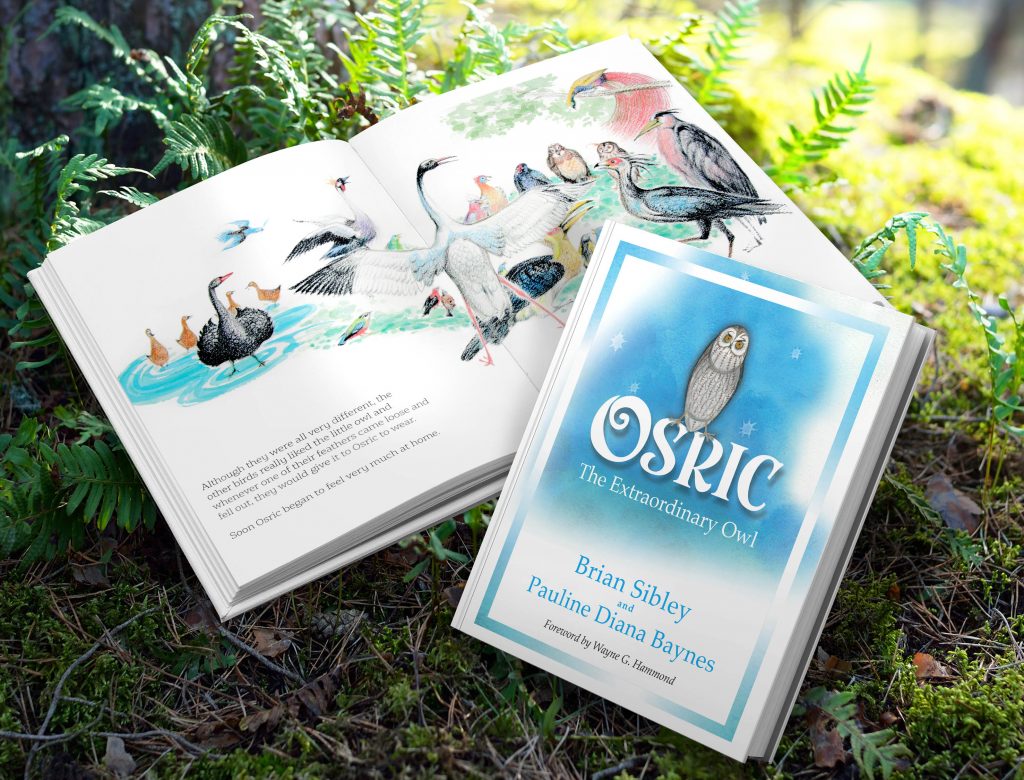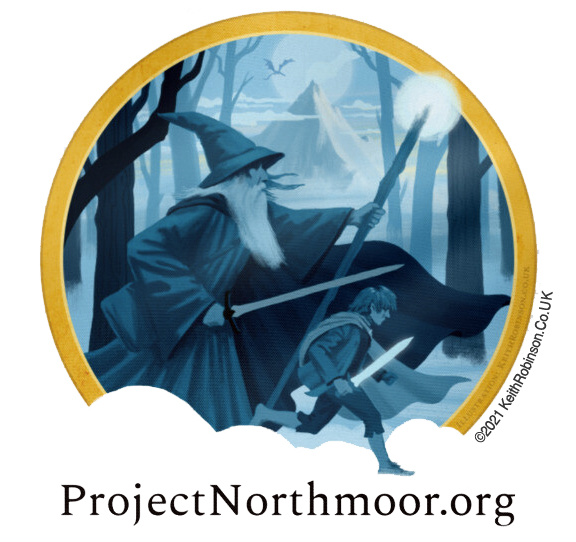Brian Sibley and Pauline Baynes are names which will be instantly familiar to many Tolkien fans. Author, broadcaster and screenwriter Sibley scripted a radio version of The Lord of the Rings for the BBC, and his wonderful book The Maps of Middle-earth was illustrated by John Howe. Sibley also wrote The Making of the Movie Trilogy for Peter Jackson’s The Lord of the Rings movies, and the three ‘Official Guides’ for his Hobbit trilogy.

Artist Pauline Baynes, who died in 2008, worked with Tolkien himself, creating maps and illustrations for his works. Many fans will have had her art work on their walls, as she illustrated Middle-earth posters in the early seventies. Her work adorned covers of various editions of the Professor’s works, and she first collaborated with Tolkien when she illustrated Farmer Giles of Ham back in 1949. She also illustrated all of C S Lewis’ Narnia books.

Baynes and Sibley were friends for many years, and together they created a tale of Osric the Extraordinary Owl. TORn’s good friend Jay Johnstone has finally been able to publish this wonderful work, in a limited edition of just 250 – with a foreword by none other than Tolkien scholar Wayne G. Hammond! Here’s what the official press release tell us:
Osric the Extraordinary Owl resulted from the collaboration of two friends: artist and illustrator Pauline Baynes and writer, dramatist and broadcaster Brian Sibley. It was a friendship spanning more than two-and-a-half decades, with many shared interests, among them the work of J. R. R. Tolkien and C. S. Lewis famously illustrated by Pauline and the subject of acclaimed dramatisations by Brian.
Sibley’s tale of a small grey owl in search of the courage to establish his individuality and ‘be himself’ (but which can be also be read as a ‘coming-out story’) was written in 1970 but had to wait until 2007 to find an artist at a time when Baynes was without any commissions and was wanting opportunities to keep drawing and painting. As a result she produced 22 delightful, double-page illustrations featuring not just Osric and his owl family but also an entire aviary of the most spectacular, colourful birds from black swans and peacocks to flamingos and toucans.
Baynes completed her pictures for Osric the year before her death in 2008 but ‘the extraordinary owl’ had to wait another decade to find a publisher. At the Tolkien Society’s 50th anniversary conference in 2019 noted Tolkien artist Jay Johnstone met Brian Sibley and another of Pauline’s friends, Wayne G. Hammond who, with his wife Christina Scull, is responsible for many key works of Tolkien scholarship and who, as Librarian of the Chapin Library of Rare Books at Williams College, Williamstown, Massachusetts, has curatorship of the Pauline Baynes bequest of paintings, drawings. Out of that Tolkien encounter came the decision to finally get Osric’s saga into print.
After a delay, caused by the Covid pandemic, Jay Johnstone is now pleased to announce the publication of Osric the Extraordinary Owl. This collector’s edition hardback book is written by Brian Sibley and illustrated by Pauline Baynes, with a foreword by Wayne G. Hammond. It is designed and produced by Jay Johnstone and comes in a gilded presentation box. Each book is individually numbered and comes with signed book plates by Brian, Wayne and Jay.

Fans of Bayne’s art and Sibley’s writing will not want to miss out on this very limited release. You can find out more by clicking here.



